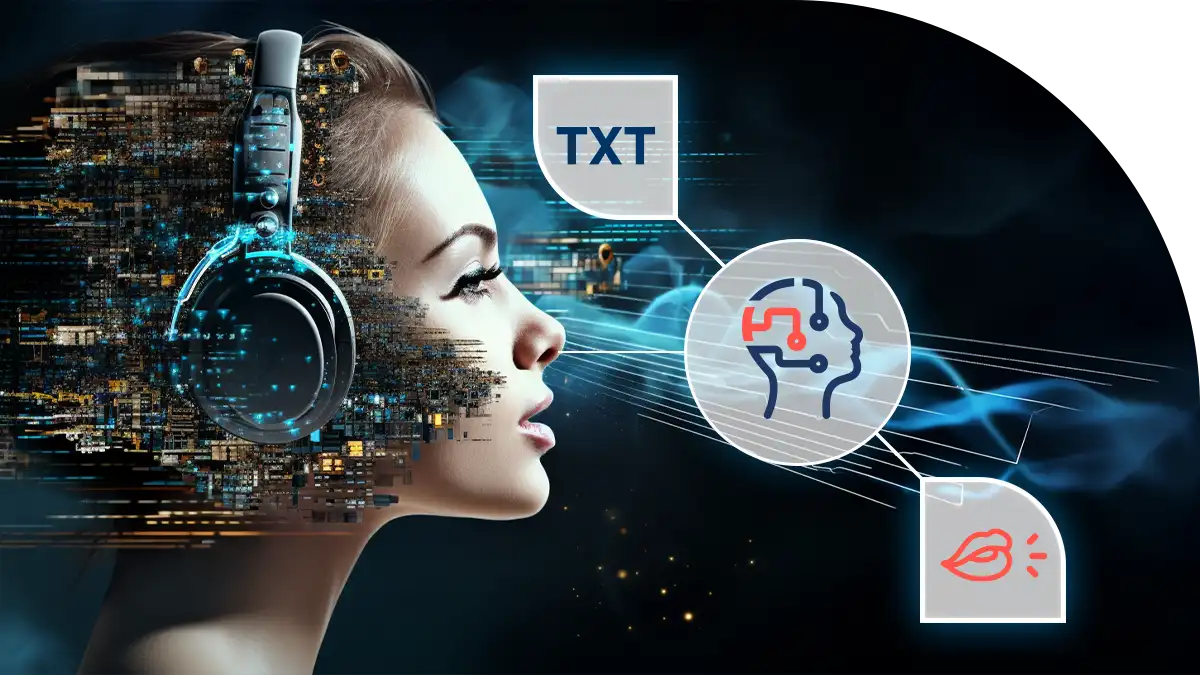Let Your Words Speak: Exploring Modern Text-to-Speech Tech
In a world where content creation and consumption are accelerating at lightning speed, how we interact with information is evolving. One of the most exciting developments at the forefront of this change is Text-to-Speech (TTS) technology — a tool that’s giving digital content a literal voice.
Whether you’re listening to an article during your morning jog, developing an accessible website, or creating a voiceover for a YouTube video, TTS is quietly transforming the way we connect with words. But what is TTS really capable of today, and where is it going? Let’s dive in.
What Is Text-to-Speech?
Text-to-Speech (TTS) is a form of speech synthesis that converts written text into spoken words. It’s been around for decades, but the technology has taken major leaps recently thanks to AI and neural networks.
Modern TTS doesn’t just read—it speaks naturally, with emotional nuance, inflection, and even accents. It’s gone from robotic monotone voices to something indistinguishable from human speech.
Why TTS Matters More Than Ever
Here are just a few reasons why TTS has become a game-changer:
Accessibility
TTS is a critical tool for people with visual impairments, dyslexia, or reading difficulties. It makes websites, eBooks, and digital documents truly accessible to everyone.
Multitasking & Productivity
From converting emails to audio to listening to blog posts while driving, TTS helps users stay productive on the go.
Language Learning
Hearing native pronunciation, rhythm, and tone helps learners develop listening and speaking skills in new languages.
Content Creation & Voiceovers
With high-quality TTS, creators can generate professional voiceovers for videos, tutorials, podcasts, and more—without hiring voice actors.
How Modern TTS Works
Unlike early versions that used pre-recorded fragments of speech, AI-powered TTS uses deep learning models to generate sound waveforms from raw text. Two key technologies here are:
- Tacotron 2 / FastSpeech – Converts text into spectrograms (visual representations of sound).
- WaveNet / HiFi-GAN – Converts those spectrograms into realistic audio waveforms.
This results in voices that not only sound natural, but can also adapt tone, pace, and style based on the context.
The Future of TTS
TTS is on track to become more interactive, emotive, and personalized. With the rise of AI voice cloning and synthetic media, we’ll soon see:
- Personalized voices trained on your own voice data.
- Real-time speech synthesis in conversations.
- Emotion-aware TTS for storytelling, therapy, or entertainment.
But with these advances also come ethical concerns—from deepfake risks to voice identity theft—highlighting the need for responsible innovation.
Final Thoughts
Text-to-Speech is no longer just a helpful tool—it’s a fundamental bridge between text and experience. As the line between human and machine voices continues to blur, one thing is certain: our words are ready to speak, and the world is ready to listen.
Whether you’re a developer, educator, marketer, or just someone who loves audiobooks, now’s the time to explore what TTS can do for you.
